

Halosulfuron is a systemic sulfonylurea herbicide used for selective post-emergence control of broadleaf weeds and sedges in various crops, including maize, sugarcane, rice, sorghum, nuts, and turf. It functions as an acetolactate synthase (ALS) inhibitor, disrupting the biosynthesis of essential amino acids, thereby inhibiting cell division and plant growth. Other identifiers are UNII-8WU8U5S0UR and KEGG-C18442


Halosulfuron is a systemic sulfonylurea herbicide used for selective post-emergence control of broadleaf weeds and sedges in various crops, including maize, sugarcane, rice, sorghum, nuts, and turf. It functions as an acetolactate synthase (ALS) inhibitor, disrupting the biosynthesis of essential amino acids, thereby inhibiting cell division and plant growth. Other identifiers are UNII-8WU8U5S0UR and KEGG-C18442

.3d8f8f41.svg)
Agrochemicals
.3556d45a.svg)

Crop Protection & Pest Control


Herbicides
.7767eb0f.png)

Chemical Properties & Specifications
Used as a selective herbicide for controlling broadleaf weeds and sedges in crops like maize, sugarcane, rice, sorghum, nuts, and turf.
Protects vegetables, fruit crops, and ornamentals from weed infestation.
Applied to lawns and golf courses to maintain weed-free turf.
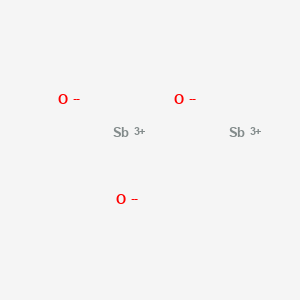
CAS No. : 1309-64-4
Category : Synergists & Smoke Suppressants
Sub-Category : Antimony-based synergists
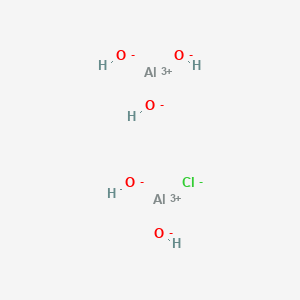
CAS No. : 1327-41-9
Category : Inorganic Chemicals
Sub-Category : Metal-Based Coagulants
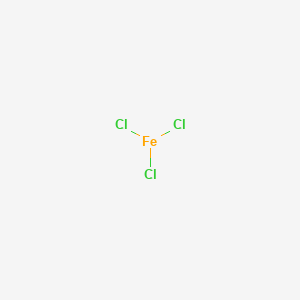
CAS No. : 7705-08-0
Category : Inorganic Chemicals
Sub-Category : Metal-Based Coagulants
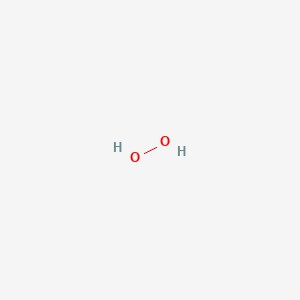
CAS No. : 7722-84-1
Category : Inorganic Chemicals
Sub-Category : Peroxides & Oxidizing Agents
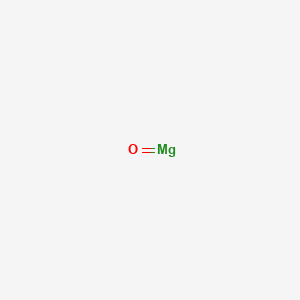
CAS No. : 1309-48-4
Category : Inorganic Chemicals
Sub-Category : Active Pharmaceutical Ingredients (APIs)
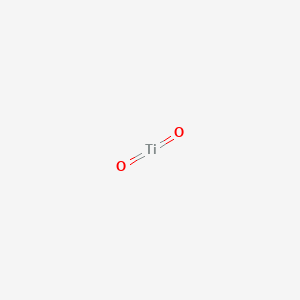
CAS No. : 13463-67-7
Category : Pigments & Colorants
Sub-Category : Inorganic Pigments
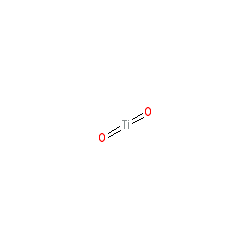
CAS No. : 13463-67-7
Category : Pigments & Colorants
Sub-Category : Inorganic Pigments
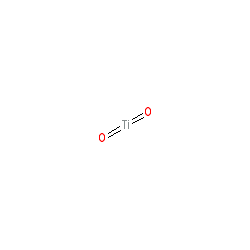
CAS No. : 13463-67-7
Category : Pigments & Colorants
Sub-Category : Inorganic Pigments
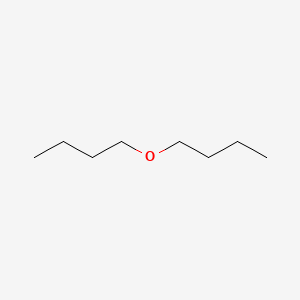
CAS No. : 142-96-1
Category : Solvents & Carriers
Sub-Category : Ethers & Ether-Based Solvents
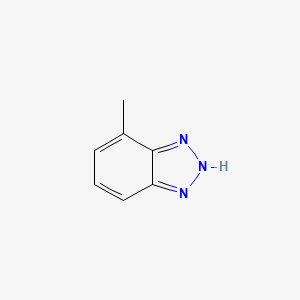
CAS No. : 29385-43-1
Category : Specialty Polymers & Additives
Sub-Category : Corrosion Inhibitor Additives

CAS No. : 25322-69-4
Category : Specialty Polymers & Additives
Sub-Category : Polyether Polyols
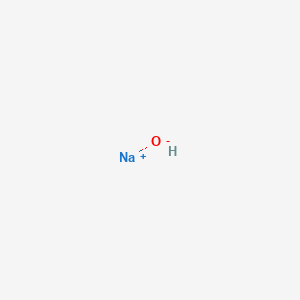
CAS No. : 1310-73-2
Category : Inorganic Chemicals
Sub-Category : Acidulants & Acidity Regulators

CAS No. : 78-93-3
Category : Base Chemicals & Intermediates
Sub-Category : Ketones & Solvents
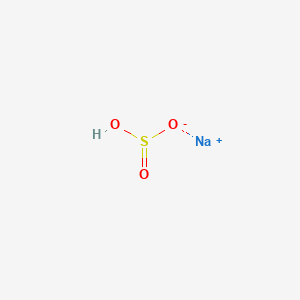
CAS No. : 7631-90-5
Category : Inorganic Chemicals
Sub-Category : Sulfur-Based Compounds
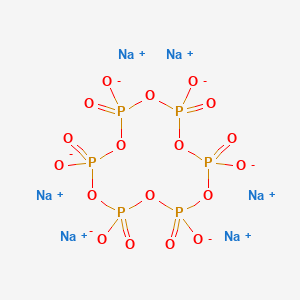
CAS No. : 10124-56-8
Category : Inorganic Chemicals
Sub-Category : Phosphate Compounds
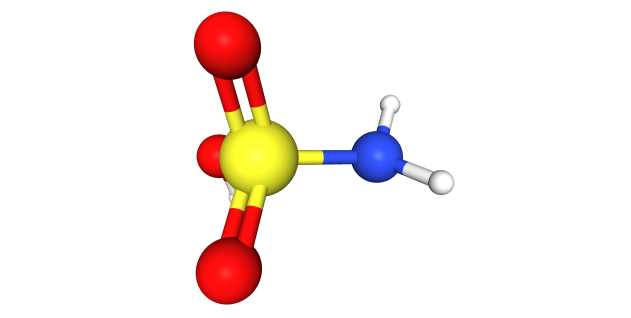
CAS No. : 5329-14-6
Category : Inorganic Chemicals
Sub-Category : Acid Derivatives

CAS No. : 100-44-7
Category : Organic Intermediates
Sub-Category : Chlorinated Aromatic Compounds
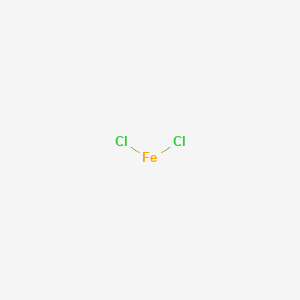
CAS No. : 7758-94-3
Category : Inorganic Chemicals
Sub-Category : N/A

CAS No. : 1314-13-2
Category : Inorganic Chemicals
Sub-Category : N/A
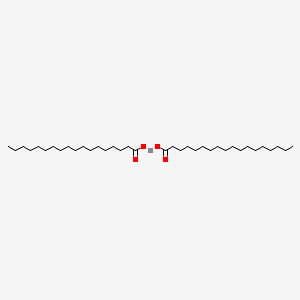
CAS No. : 136-53-8
Category : Inorganic Chemicals
Sub-Category : Metal Carboxylates
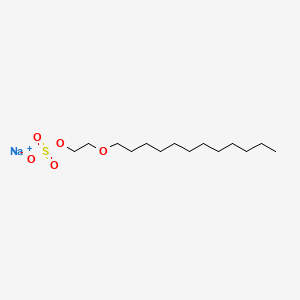
CAS No. : 9004-82-4
Category : Surfactants
Sub-Category : Anionic (Ether sulfates)
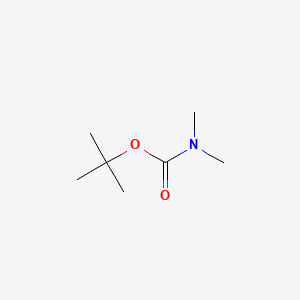
CAS No. : 61788-93-0
Category : Surfactants & Emulsifiers
Sub-Category : Fatty Amines
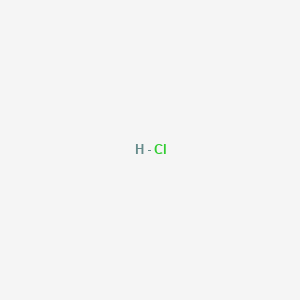
CAS No. : 7647-01-0
Category : Inorganic Acids
Sub-Category : Mineral Acids
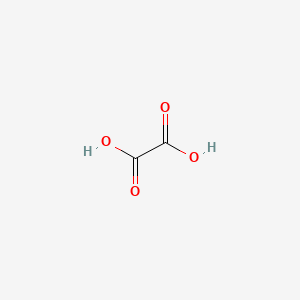
CAS No. : 144-62-7
Category : Organic Acid Derivatives
Sub-Category : Dicarboxylic Acids
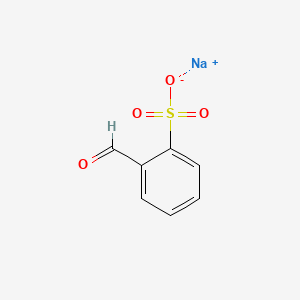
CAS No. : 17465-11-3
Category : Organic Intermediates
Sub-Category : Aromatic Sulfonates
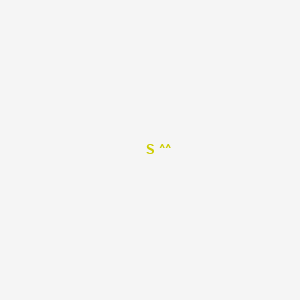
CAS No. : 7704-34-9
Category : Inorganic Chemicals
Sub-Category : Sulfur & Derivatives
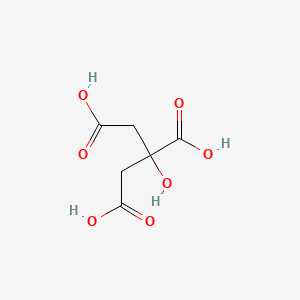
CAS No. : 77-92-9
Category : Food Ingredients
Sub-Category : Flavor Enhancers
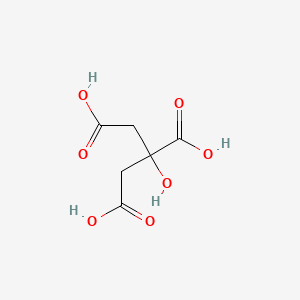
CAS No. : 77-92-9
Category : Food Ingredients
Sub-Category : Flavor Enhancers
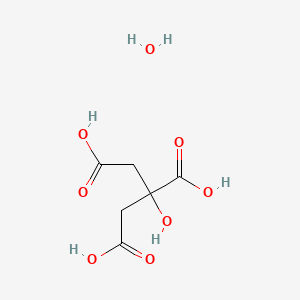
CAS No. : 5949-29-1
Category : Food Ingredients
Sub-Category : Flavor Enhancers

CAS No. : 7631-90-5
Category : Inorganic Chemicals
Sub-Category : Sulfur-Based Compounds

CAS No. : 10124-56-8
Category : Inorganic Chemicals
Sub-Category : Phosphate Compounds
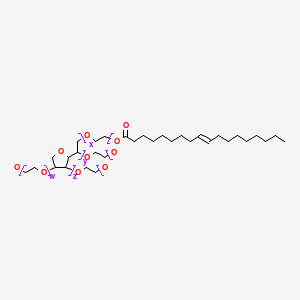
CAS No. : 9005-65-6
Category : Surfactants & Emulsifiers
Sub-Category : N/A
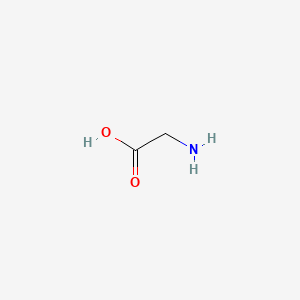
CAS No. : 56-40-6
Category : Nutraceutical Ingredients
Sub-Category : Amino Acids & Proteins
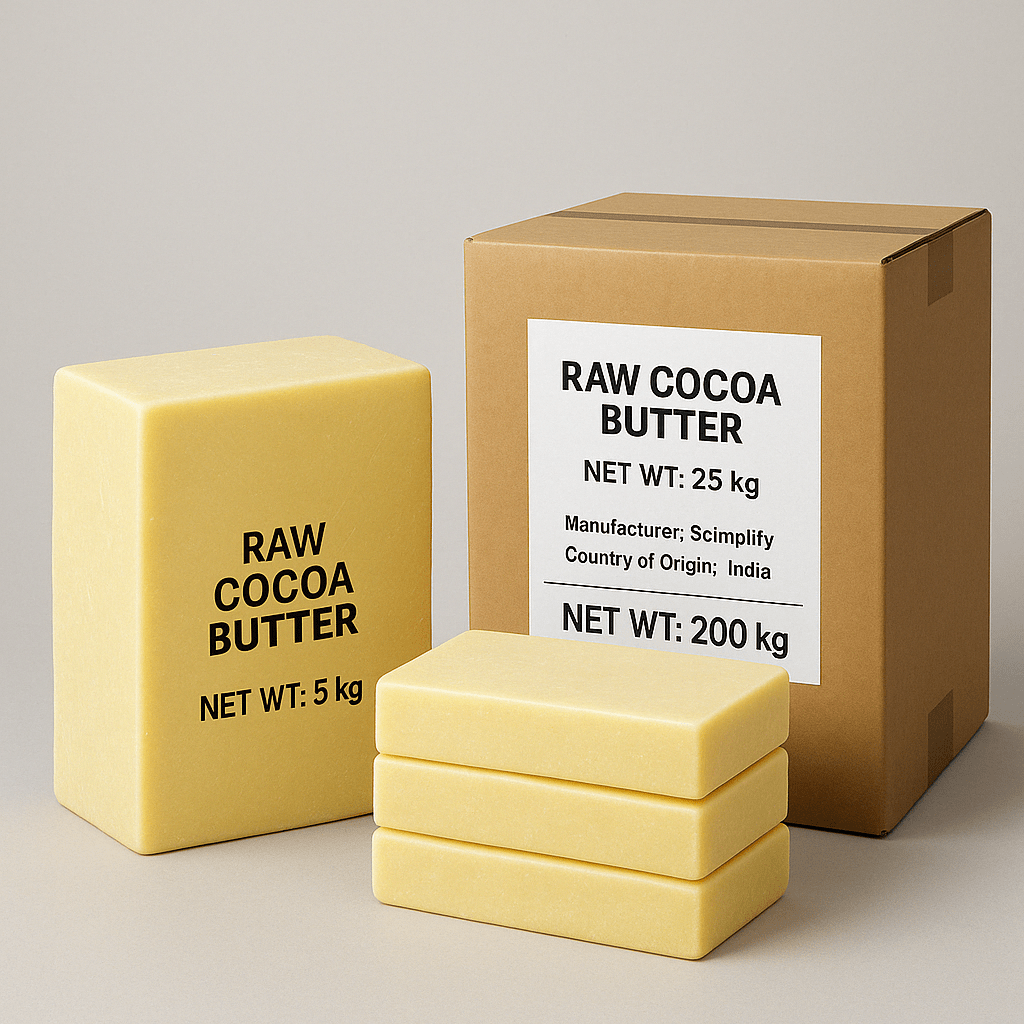
CAS No. : 8002-31-1
Category : Food Ingredients
Sub-Category : Cocoa & Chocolate Derivatives
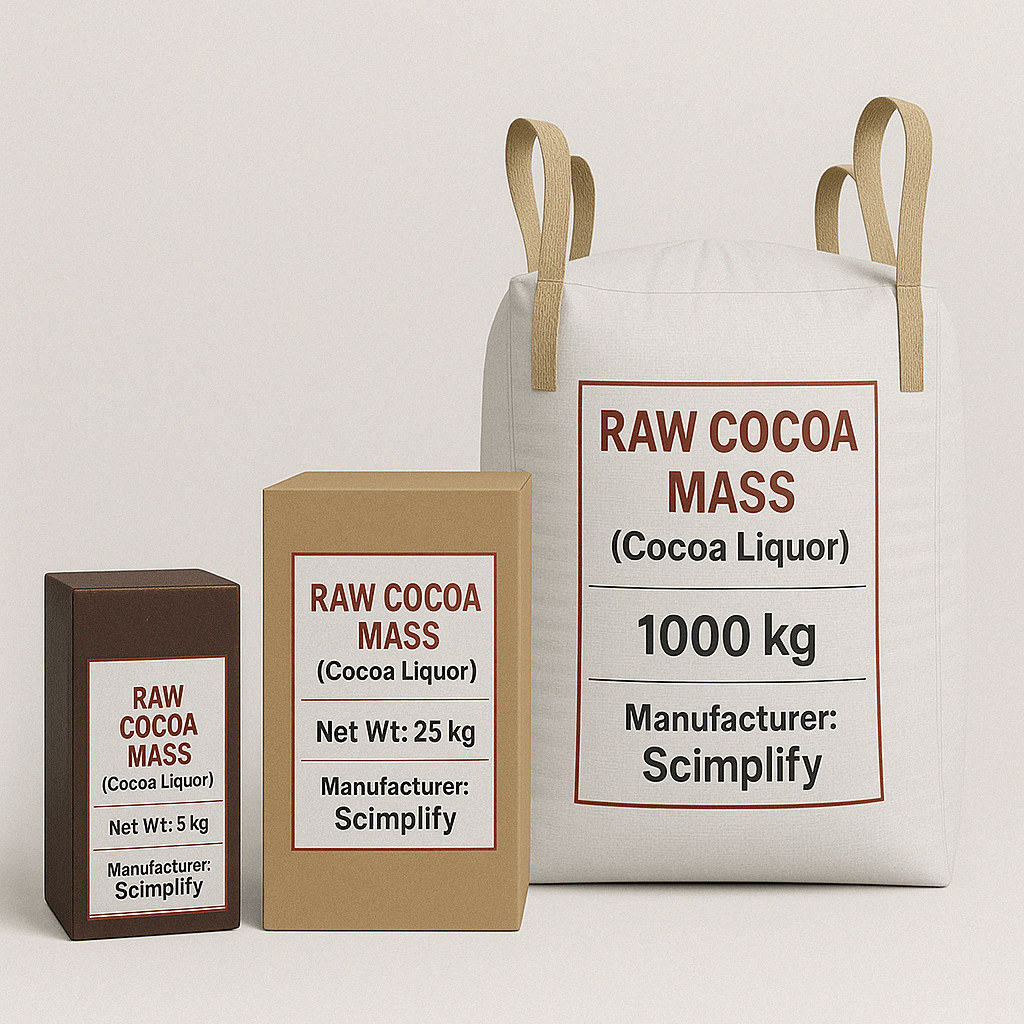
CAS No. : 84649-99-0
Category : Food Ingredients
Sub-Category : Cocoa & Chocolate Derivatives
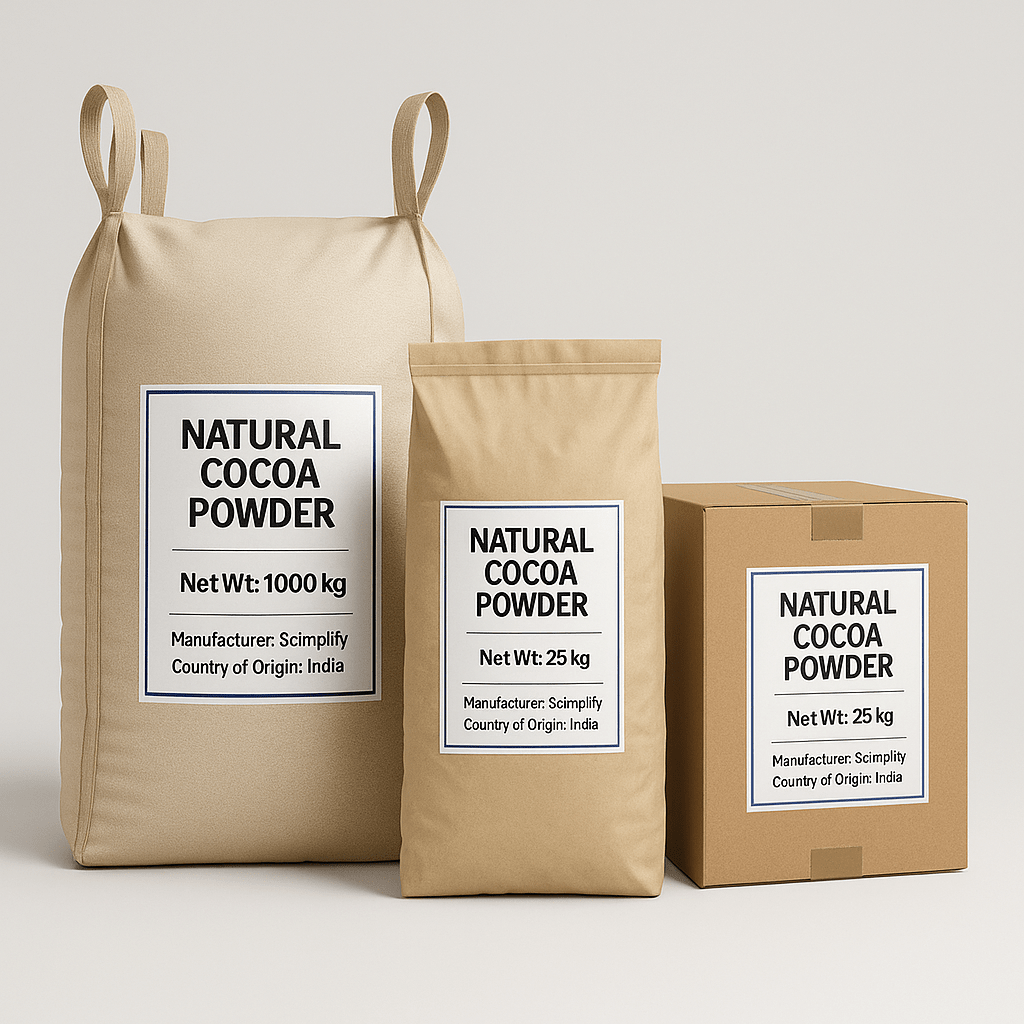
CAS No. : 84649-99-0
Category : Food Ingredients
Sub-Category : Cocoa & Chocolate Derivatives
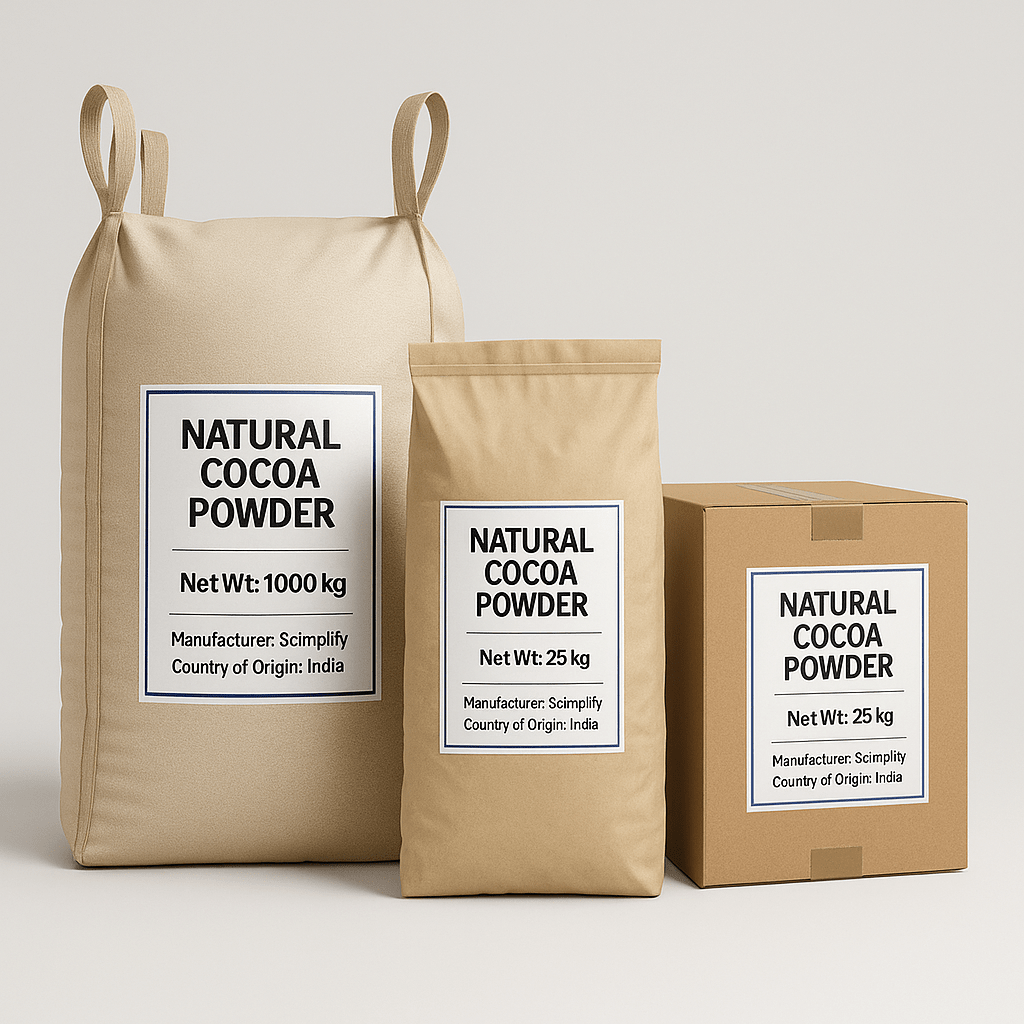
CAS No. : 84649-99-0
Category : Food Ingredients
Sub-Category : Cocoa & Chocolate Derivatives
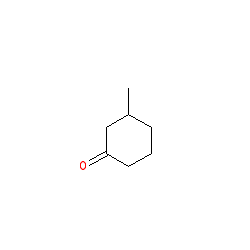
CAS No. : 36306-87-3
Category : Fragrance Ingredients
Sub-Category : Ionones & Ketones

CAS No. : 16409-43-1
Category : Fragrance Ingredients
Sub-Category : Aroma Compounds
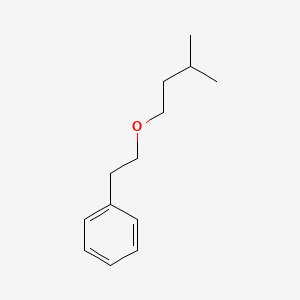
CAS No. : 56011-02-0
Category : Fragrance Ingredients
Sub-Category : Aliphatic Aromatic Ethers
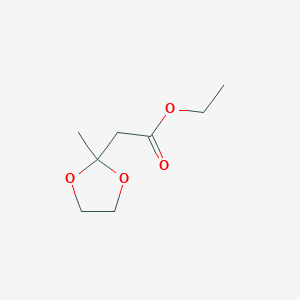
CAS No. : 6413-10-1
Category : Fragrance Ingredients
Sub-Category : Ketal Fruit Esters

CAS No. : 5182-36-5
Category : Fragrance Ingredients
Sub-Category : Aroma Chemicals
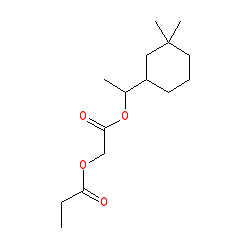
CAS No. : 236391-76-7
Category : Fragrance Ingredients
Sub-Category : Polycyclic Synthetic Musks

CAS No. : 236391-76-7
Category : Fragrance Ingredients
Sub-Category : Polycyclic Synthetic Musks
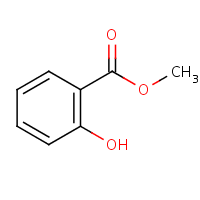
CAS No. : 119-36-8
Category : Fragrance Ingredients
Sub-Category : Aromatic Esters